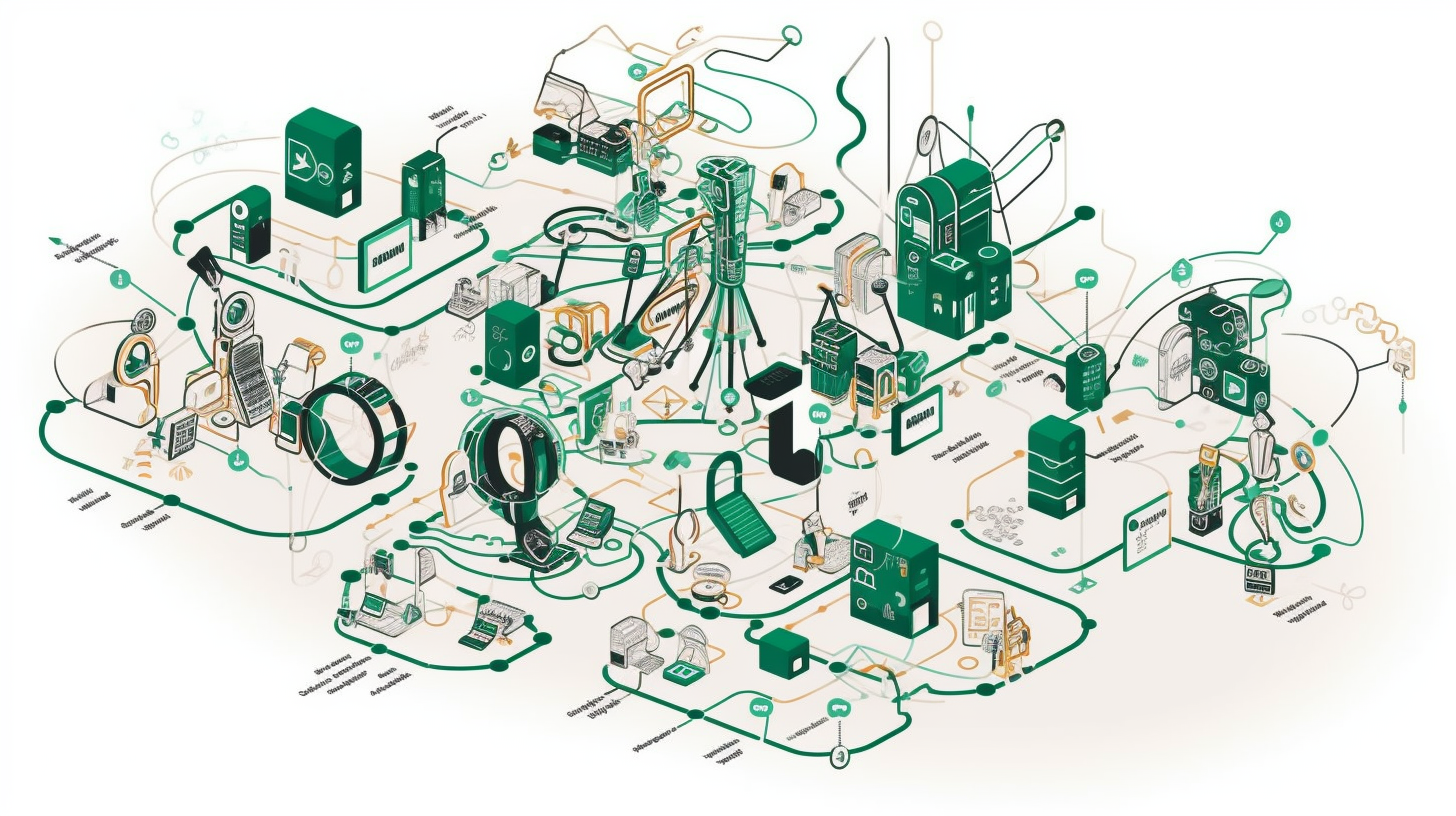Wireless Security Protocols and Authentication Methods: A Comparative Look

Wireless security protocols and authentication methods are fundamental aspects that ensure the integrity and confidentiality of data in a Wi-Fi network. These elements are a critical piece of the CompTIA A+ Core 2 (220-1102) exam, which includes an analysis of information security. So, you really need to understand both the differences and similarities between these protocols and methods, not just to ace the test, but also to ensure you're following best practices in daily network operations. In this piece, we roll up our sleeves and dive deep into wireless security protocols and authentication methods. We're going to compare and contrast, with me highlighting the key differences. It's like crafting a vivid image of the significant role each plays in network security.
Wireless Security Protocols: A Breakdown
So, what's our starting point? You might picture this cascade of wireless security protocols - WEP, WPA, WPA2, and WPA3 - as a jumbled up alphabet soup. Heck, I even forgot to mention TLS and IPSec. So, what's the true substance behind this jumble of acronyms? Are we just grappling with these acronyms, or do they possess an actual purpose?
Relax, buddy, I promise, they're not just empty show. These protocols serve the vital purpose of protecting our data as it zooms through the airwaves. Each one employs a unique encryption method to create a secure tunnel for data transmission. Why not draw back the curtains a bit?
First up, we have WEP, or Wired Equivalent Privacy. That sounds quite sophisticated, right? Well, brace yourself, because even though its name might sound quite fancy, WEP is the oldest in the business, and not in a flattering way. Launched all the way back in 1999, WEP relies on a fairly feeble form of encryption that, from a modern standpoint, can be broken into quicker than a wink.
Then came WPA, or Wi-Fi Protected Access. In response to the shortcomings of WEP, WPA stepped onto the scene with a much stronger encryption method that was a lot harder to crack. But it didn't stop there; WPA2 and WPA3 came along subsequently, each one elevating the bar for security even higher.
But remember the surprising twists in your favorite soap opera? Well, we have some here too! Most importantly, your data puts TLS (Transport Layer Security) and IPSec (Internet Protocol Security) protocols to use as a shield during its journey from your device to the network.
Authentication Methods: Key Players
Alright, we've pulled apart security protocols, but we haven't tackled authentication methods yet, have we? They're not just some fancy tech jargon, are they? Far from it, dear reader! Authentication methods act as network gatekeepers, allowing access only to those bearing the correct key.
We usually encounter two primary authentication methods: Pre-Shared Key (PSK) and 802.1X/EAP. When it comes to PSK, the same key goes to everyone. It equates to using one password for an entire site, which, as you may guess, isn't quite the safest method.
It's now time to turn the spotlight onto 802.1X/EAP. This method may appear somewhat complex, but it indeed has its distinct advantages. Thanks to this impressive piece of tech, every user enjoys their own unique key.
Wireless Security in Numbers
Now that we've nailed down the technical stuff, why don't we inject a little excitement with some statistics? The 2020 Cybersecurity Threatscape Report by ITPRO states that 70% of cyber attacks aimed at small to medium-sized businesses. Moreover, experts believe that unsecured Wi-Fi networks significantly inflate these figures.
Surprisingly, despite its infamous weaknesses, around 28% of global Wi-Fi networks still use WEP, as statistics show. Seems hard to believe, doesn't it? Now, that's a bone-chilling thought considering its susceptibility to attacks!
Positively, more people adopt WPA2 and WPA3, with current usage at around 60% and 10% respectively. The increasing use of these advanced security protocols undeniably makes our wireless networks progressively more secure.
Well, folks, there you've got it – a side-by-side look at wireless security protocols and authentication methods. As technology strides forward, the threats against it follow suit. So, keeping yourself informed and on guard is crucial for maintaining a robustly secured network. Shall we continue this conversation?
Remember this wisdom from philosopher George Santayana: 'Those who fail to remember the past condemn themselves to repeat it.' We certainly don't want to stumble in network security matters, do we?